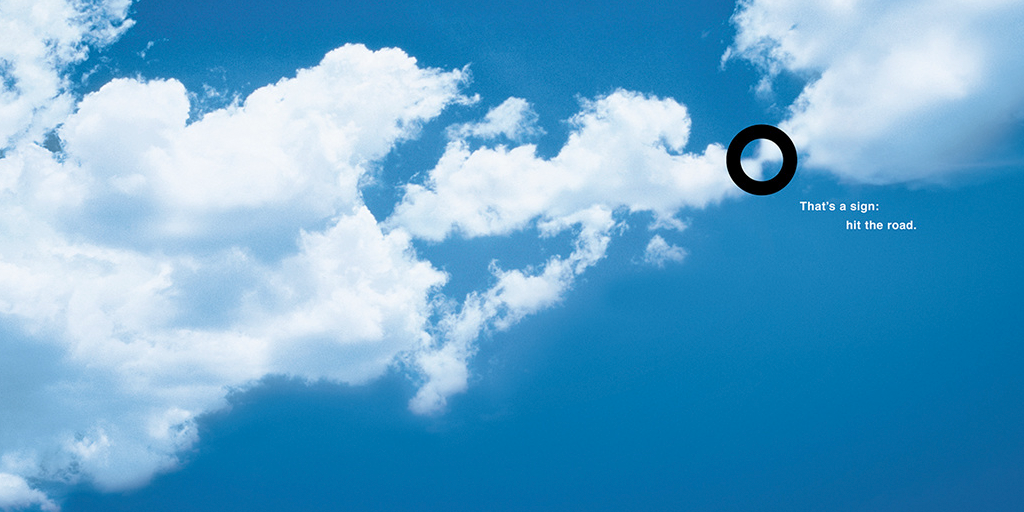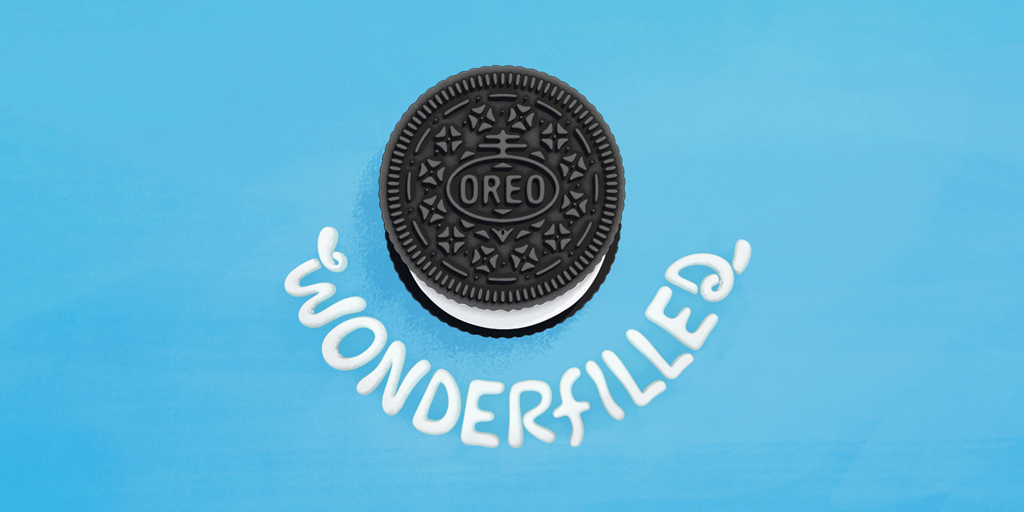
In brand design and marketing, blue has become a staple color for companies that want to convey trust, loyalty, and honesty. Its calm and steady nature makes it ideal for establishing reliability and professionalism, and it evokes a sense of stability that audiences respond to instinctively. Blue color in brand design is often chosen by everyone from tech startups to multinational corporations to communicate credibility and confidence, allowing brands to connect with consumers on emotional and psychological levels.
Designers don’t randomly choose blue; they carefully consider shades, contrasts, and how the color interacts with other elements in logos, typography, and the overall brand palette. Using blue effectively can make a brand appear authoritative yet approachable, structured yet creative, and can even evoke subtle emotions that reinforce the brand’s core values. Companies leverage this strategic approach across digital campaigns, packaging, and advertising to ensure consistency and memorability. Every shade of blue and its placement contributes to shaping audience perception, helping brands build lasting trust, enhance recognition, and stand out in competitive markets.

Blue is more popular with adult audiences. It is associated with maturity
Understanding how to use colors in logo design and branding is fascinating. Blue shades inspire higher ideals and wisdom. However, keep in mind that it can also be seen as conservative and predictable. Think twice before choosing it if your brand aims to appear revolutionary or cutting-edge. Young people usually prefer more aggressive or striking colors, so they often associate blue with maturity and the adult market. Blue is rarely a risky choice for branding.
Design agencies know that it is highly versatile and suitable for nearly every industry. It is as great for a social media platform as it is for a medical company. Blue appears in brand identities across sectors, including automotive, luxury fashion, technology, law, and medicine. While the range is vast, the core message of trust and honesty remains consistent.

It’s one of the best colors for promoting calm and reducing stress
Another key quality of this versatile color is the sense of peace and relaxation it brings to work environments. Psychologically, blue eases tension and fear. As a cool tone, blue creates a sense of spaciousness. Because it promotes calm and serenity, blue is one of the best choices for reducing stress and creating a sense of order.
In addition to its calming effects, the color blue is linked to improved focus and productivity. Studies in color psychology suggest that blue tones help people concentrate for longer periods without feeling mentally fatigued. This makes blue especially useful in offices, creative studios, and other settings where clear thinking and sustained attention are important. Blue fosters a balanced mental state, soothing the mind and supporting better decision-making and problem-solving.

It works well in the corporate world by adding strength and unity
In conclusion, blue is one of the most appropriate and safest color choices. It represents loyalty, trust, and dependability, making it ideal for building customer loyalty. However, experienced graphic designers know that blue is not the best choice if the goal is to dramatically stand out. Blue signals reliability and confidence, aligning more with one-on-one communication than mass messaging. Blue thrives in the corporate world, bringing strength and unity to traditional sectors such as banking, insurance, law, and finance.
That said, blue’s versatility allows it to pair effectively with other colors to create contrast or highlight key elements. By combining blue with brighter or warmer tones, designers can retain its sense of trust and professionalism while still drawing attention where needed. This balance makes blue not only a safe choice but also a strategic one, capable of supporting both subtlety and impact depending on the brand’s goals.
